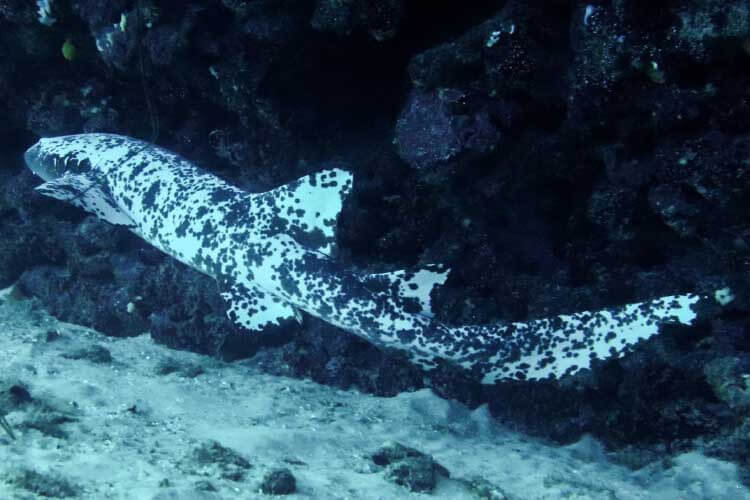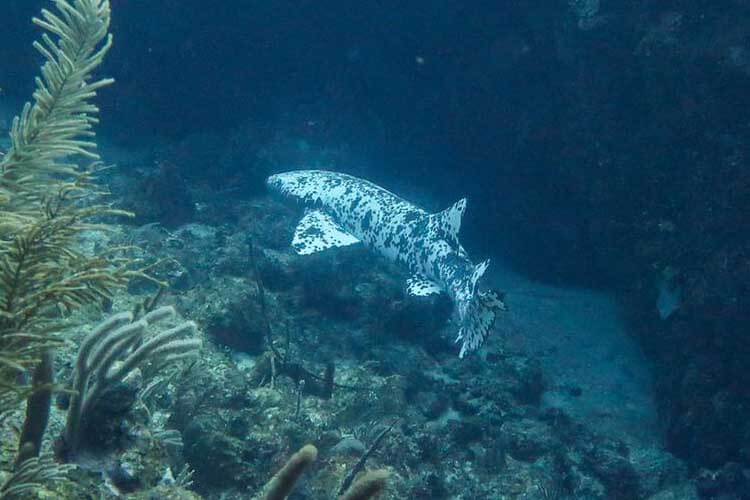
Divers in Utila, Honduras, have spotted a nurse shark with a rare condition that has completely altered the pigmentation pattern of its skin, according to a recently published study.
The study, led by researchers at Beneath The Waves (BTW), together with members of the Caribbean Shark Coalition reports the sighting as first documented account of a nurse shark (Ginglymostoma cirratum) with piebaldism, a rare skin condition that results in a partial loss of body pigmentation, although the colour of the eyes is not affected
The unique pattern of the colouring made the nurse shark easily identifiable, and it was spotted on two different dives in two different locations on March 22, 2022.
Related stories

Piebaldism is part of a larger suite of pigmentation deficiencies called hypomelanosis. This includes albinism, which results in a complete loss of pigmentation in the skin and iris, and leucism which causes total or partial loss of body pigment and a blue coloration to the iris and body.
Hypomelanosis is incredibly rare in the animal kingdom, particularly in sharks, skates, and rays, only about 5 per cent of which have been documented with one of the associated conditions, inlcuding an albino tawny nurse shark and a leucistic nurse shark.
Animals that rely on camouflage to either hunt, or avoid predation, can have their chances of survivial severely impacted by skin conditions that alter their appearances, although little is known about the effects as the conditions are so rarely observed in the wild.
The nurse shark observed by the divers in Utila was reported to be an adult of average size for the species, measuring approximately 1.8m/6ft in length. The size of the shark indicates that it has successfully reached maturity without being unduly affected by its piebaldism. This is likely due to the ‘generalist’ lifestyle of nurse sharks, which eat a wide range of foods and can survive a wide range of conditions.
While such sightings are rare – this is only the second time this particular spieces has been documented to have any kind of skin condition that affected its pigmentation – the study’s authors are calling for more research into the potential consequences of hypomelanosis on the survivability of sharks, skates, and rays.
The complete study, ‘Observations of hypomelanosis in the nurse shark Ginglymostoma cirratum,’ by Oliver N Shipley, Jamie Fitzgerald, Bryan Horne, Steven Crowe, and Austin J, Gallagher, is published by the Journal of Fish Biology in the Wiley Online Library.


